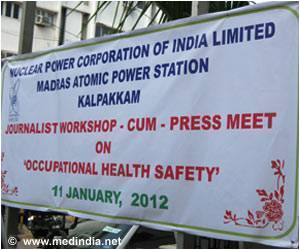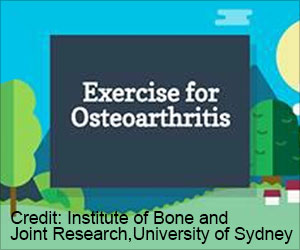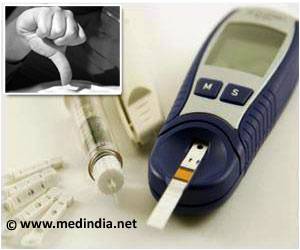The first World Health Organisation (WHO)/ International Labour Organisation (ILO) joint global monitoring report shows that more action is needed to ensure healthier, safer, more resilient, and more social workplaces.

TOP INSIGHT
Global data on the work-related disease can help to shape policies and practices to create healthier and safer workplaces.
The report considers 19 occupational risk factors, including exposure to long working hours and workplace exposure to air pollution, asthmagens, carcinogens, ergonomic risk factors, and noise.
The key risk was exposure to long working hours - linked to approximately 750,000 deaths. Workplace exposure to air pollution (particulate matter, gases and fumes) was responsible for 450,000 deaths.
Globally, work-related deaths per population fell by 14 percent between 2000 and 2016. This may reflect improvements in workplace health and safety.
However, deaths from heart disease and stroke associated with exposure to long working hours rose by 41 and 19 percent, respectively. This reflects an increasing trend in relatively new and psychosocial occupational risk factors.
The report also warns about work-related diseases and injuries that strain health systems, reduce productivity, and can have a damaging impact on household incomes.
This allows for more focused scoping, planning, costing, implementation, and evaluation of appropriate interventions to improve workers' population health and health equity.
Risk factors can also be reduced or eliminated through changes in work patterns and systems. As a last resort personal protective equipment can also help to protect workers whose jobs mean they cannot avoid exposure.
“Action needs to be taken based on the research available to target the evolving nature of work-related health threats”, said Maria Neira, director of the Department of Environment, Climate Change and Health at WHO.
Ensuring health and safety among workers is a shared responsibility of the health and labor sector to eliminate this large disease burden.
Moreover, the effects of the COVID-19 pandemic will add another dimension to this burden to be captured in future estimates.
Source-Medindia
 MEDINDIA
MEDINDIA




 Email
Email




